by Ken Lain, the mountain gardener

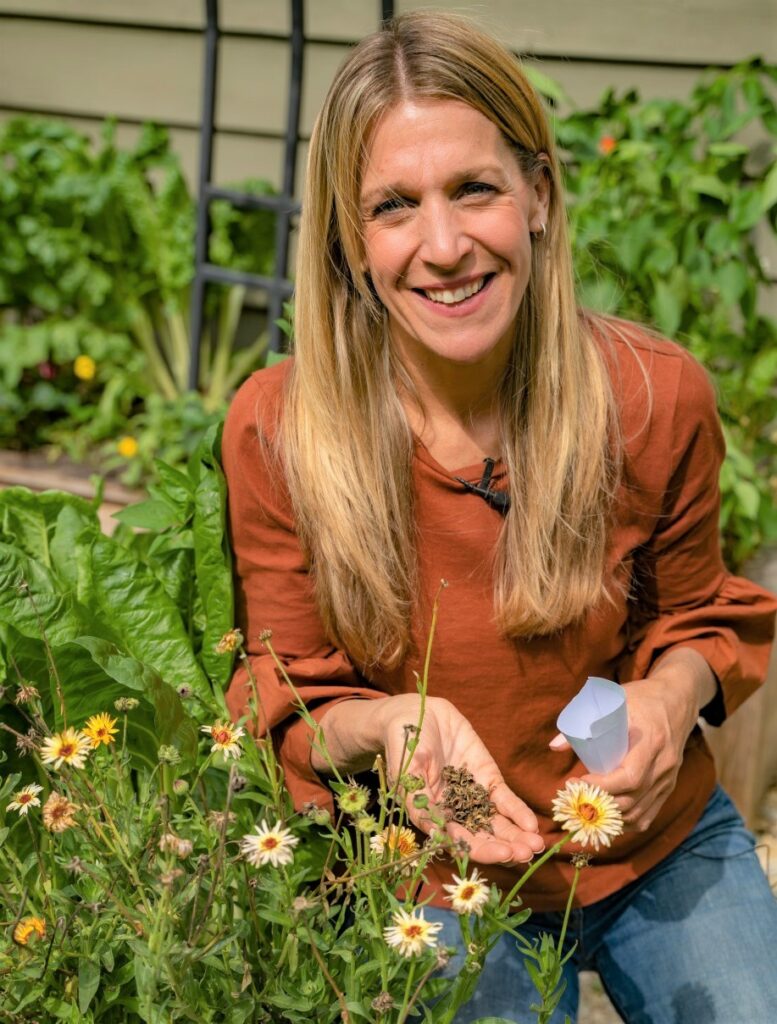
A handful of flower seeds starts an entire garden full of color, fragrance, butterflies, and joy. Starting seeds in the garden is easy, though it does require some planning and patience. The seed shortage of the last two years has left gardeners wanting, and 2022 is no different. Look for quality seed with a test date on the back of the label that certifies vitality within the last nine months. Grab your seed early for a decent selection. Here are my favorite easy-to-grow annuals anyone can succeed with.
Tip – Many of these plants reseed, giving you free plants for the next growing season.

Bachelor Button, Centaurea cyanus, this flower can be sown in early spring around April. The seeds like a chill and the young seedlings can handle cooler temperatures. They take about 10 days to germinate and 50-60 days for the first blooms. You can reseed them in midsummer for a succession of blue blossoms. Bachelor Button attracts beneficial insects, including ladybugs and lacewings.
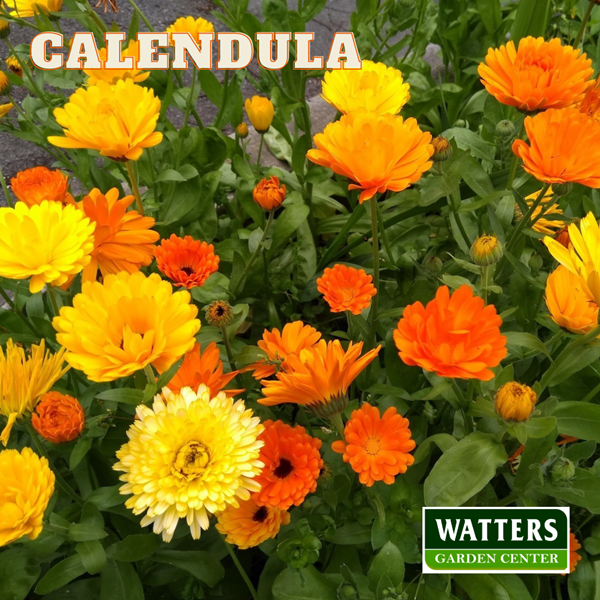
Calendula, Calendula officinalis, is a lover of cool temperatures. Sow the seeds in the early spring. They take approximately 10 days to germinate, and 45 days later, you will have flowers. The flowers are delicious with a citrusy flavor. Many new varieties celebrate spring with frilly double flowers. Old fashion single specimen reseed more readily but not to the point of being a nuisance.
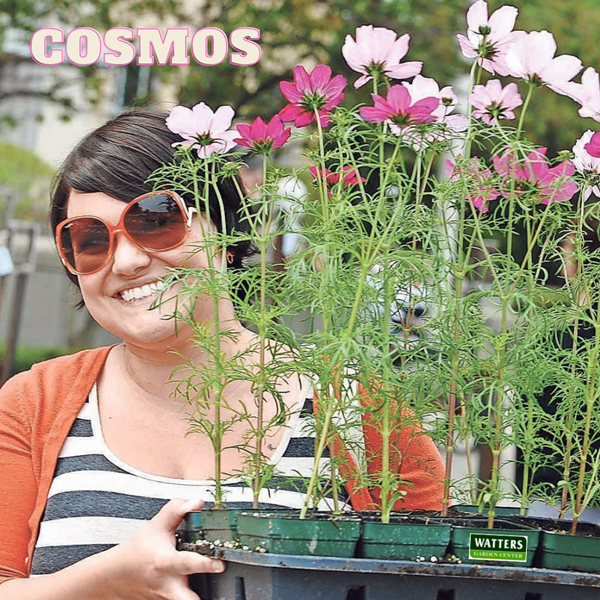
Cosmos – You won’t find an easier flower to grow from seed. They will grow in the worst soils, springing up as frilly plants with flowers ranging from pastel to neon colors. They take between three and 10 days to germinate and 70+ days to bloom. Cosmos are quintessential cottage garden flowers and make themselves useful when scattered in the vegetable garden to attract pollinators. Sow the seeds once the soil has warmed a bit after your last frost in May.
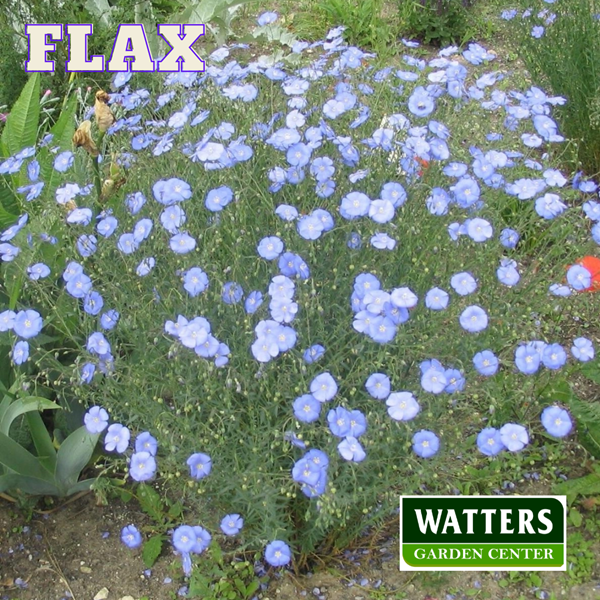
Flax, Linum usitatissimum, annual flax requires little effort on your part. It takes almost 21 days to germinate and just over 50 days to bloom. Sow your seed in May and mark the planting area, so you don’t accidentally plant something else in that garden. Flax can be floppy, so it helps to interplant them with sturdier flowers for support. Deadheading keeps them blooming throughout summer and often reseeds.
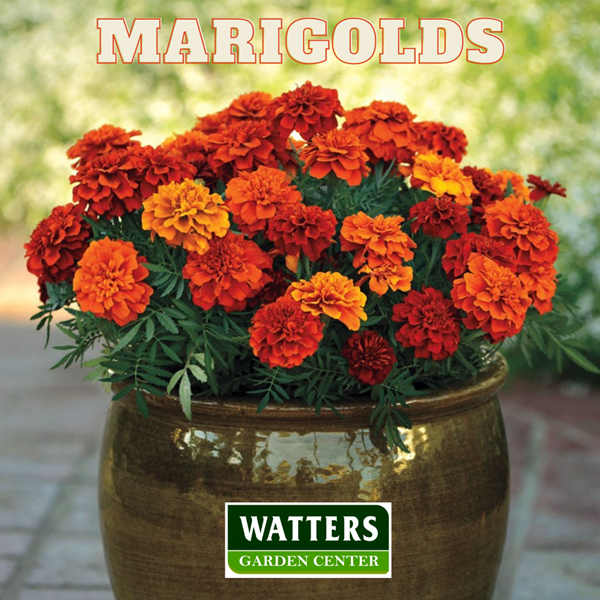
Marigolds, Tagetes, have become somewhat ubiquitous, and that should tell you something about how easy they are to grow. Their large seeds are easy to handle and very reliable. Sow the seeds directly in your garden after our last frost in May, or start them indoors 4-6 weeks before that date. They take around 12 days to germinate and 60 days to bloom. Pinching off spent blooms from young plants can encourage them to bush out and set more flower buds.
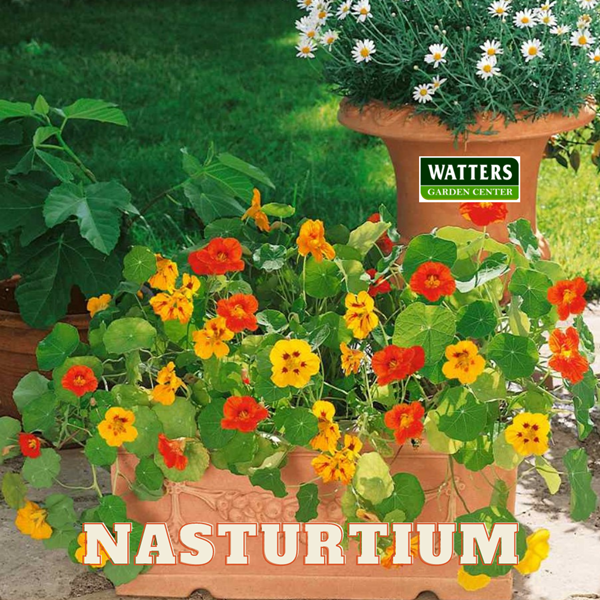
Nasturtium, Tropaeolum, the plump, round seeds of nasturtiums are easy to plant, germinating in 7-10 days. They first produce a mound of rounded leaves and then nonstop cheerful flowers on day 60. The whole plant is edible. Even the seeds make great fake capers. Plant the seeds in your garden after the ground has had a chance to warm in the spring. Soaking and scarifying the seeds will improve germination.
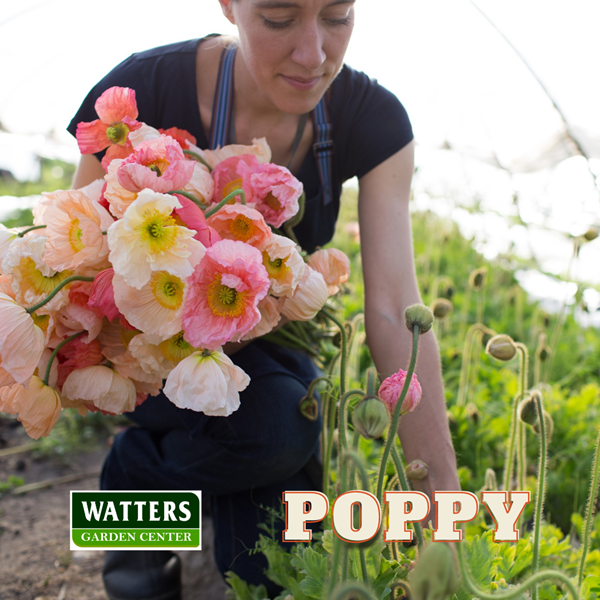
Poppies, Papaver, are worth growing just to watch the drooping buds burst open and raise their heads high. Annual poppies don’t like transplanting, so directly sowing in the garden is optimal. You can plant in March, even before the ground has thawed. The seeds need some light to germinate, so don’t cover them with garden soil. Simply press down on each seed, so they make good contact with the ground. They take about two weeks to germinate, but when the weather warms, they shoot up. After the seed pods dry, you can shake the flat-topped seed heads throughout the yard to reseed.

Sunflowers, Helianthus, plant a seed and watch it grow 6+ feet tall. Some of the tallest varieties produce only one flower, but it’s usually a massive bloom. If you want more flowers, look for the branching types. Sow your seeds after the soil has warmed in May. They sprout in two weeks, with buds forming 75+ days later. Young seedlings often need protection from animals, such as birds. The taller varieties can be top-heavy and might need staking. Deadheading the branching type encourages even more blooms.
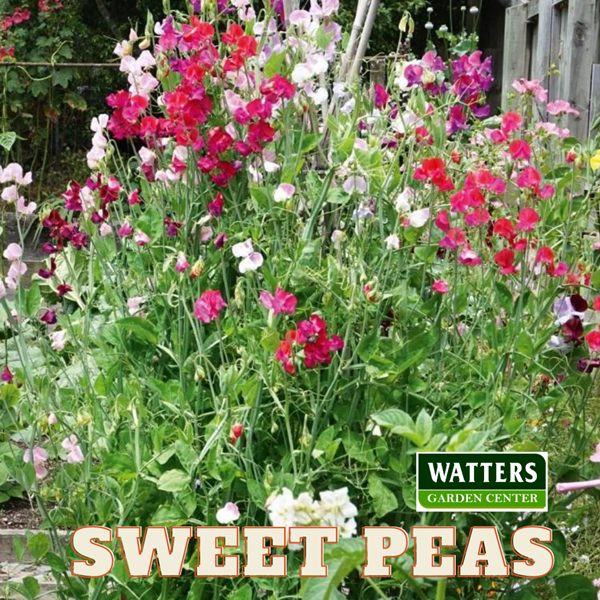
Sweet Peas, Lathyrus odoratus, like cool spring temperatures. The seeds take about 28 days to germinate and 50-65 days to bloom. Scarifying and soaking the seeds before planting speeds growth. Also, deadheading the plants can help to prolong their blooming period.

Zinnia are one of the fastest-growing plants from seed. They are true annuals, not just tender perennials grown for a single season. They seem to know they only have a limited amount of time to produce, so they get to work quickly. Seeds take only a week to germinate and 50 days to bloom. Because they don’t like being transplanted, directly sow them outdoors in May and June.
Here you have my Top 10 seed choices. The 2022 seeds have arrived at Watters Garden Center and are ready to plant this spring.
Until next week, I’ll be helping gardeners plant the best flower seeds here at Watters Garden Center.
Ken Lain can be found at Watters Garden Center throughout the week, 1815 Iron Springs Rd in Prescott, or contacted through his website at WattersGardenCenter.com or Top10Flowers.com.

